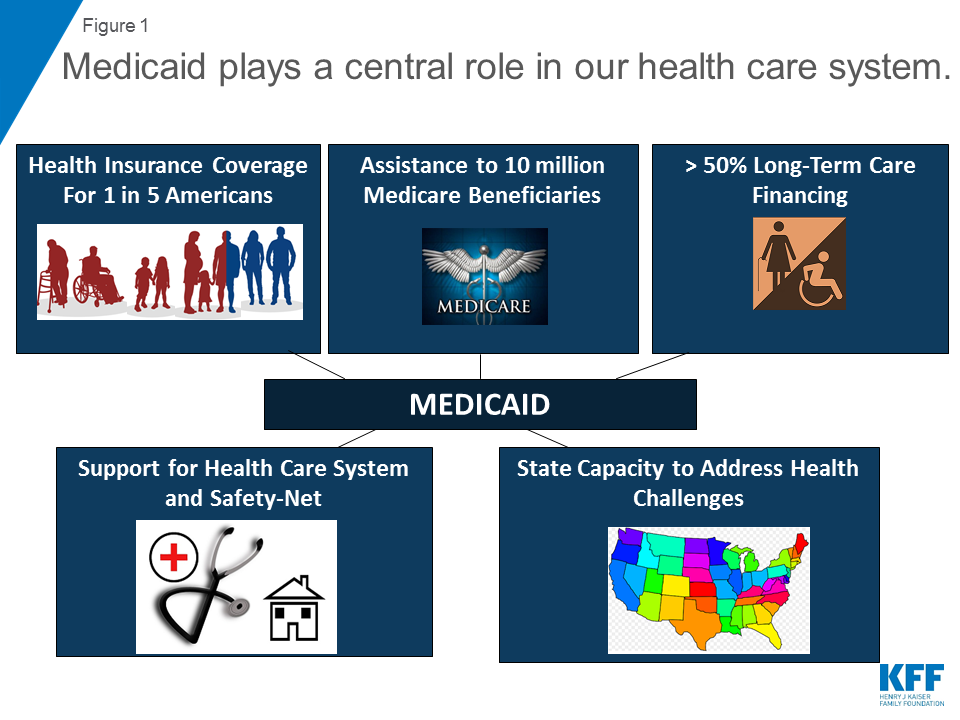Social driverslike bigotry, sexism, ableism, classism, or homophobiacan perpetuate injustices by focusing on one group over another. These forces are so deeply deep-rooted in cultural practices and standards that many individuals may not recognize they're occurring. Oftentimes, these forces are the result of past injustices that still impact neighborhoods today. Take, for instance, mid-20th-century inequitable real estate practices.
Scientist Camara Phyllis Jones utilized a gardening analogy in the American Journal of Public Health to illustrate just how this occurs. Envision, for instance, 2 flower boxes: One with brand-new, nutrient-rich soil and another with bad, rocky soil. Seeds planted in the nutrient-rich soil will flourish, while seeds in the poorer soil will struggle.
As this takes place year after year, one box of flowers will always be more vibrant than the other due to the original condition of the soil. When individuals are separated and offered various resources to begin with, that is going to have an effect for generations to come. Lots of health outcomes are the result of personal options, like consuming healthy foods or getting enough exercise.
Environmental health is the physical, chemical, and biological forces that can affect our health, and they can be a driving force behind health variations. It's difficult for people to eat healthy food, for instance, when they don't have access to it in their community (areas understood as food deserts). Neglected tropical diseases (NTDs) are an example of environmentally-driven health disparities.
These conditions make it harder for kids to find out and grownups to work, exacerbating the results of hardship on people's health and wellness. Closing the gap in health results is no simple job. Causes are often multi-layered. Solutions would require to resolve not only the root cause of an offered disparity but also the context that made it possible in the first location.
government to improve the health of Americans by the year 2020aims to minimize health variations by attending to essential elements called social factors of health. Social factors of health are the ecological conditions and situations that impact and shape how healthy we are. Lots of things in our social circles and environment can affect our behaviors and limit our capability to make healthy options.
The What Is A Health Care Delivery System PDFs
suspect of authority figures) or community style (ex. bike lanes) - what is fsa health care. There are lots of social aspects worsening health variations, but the Healthy Individuals 2020 goals have actually put just five front and center: economic stability, education, social and neighborhood context, health and health care, and community and built environment. Economic stability describes things like food security, income or wealth, real estate stability, and work chances, and research shows dealing with some of these concerns https://t.co/yyKgDddNqh#drug-rehab-delray might help minimize disparities connected with an entire variety of health concerns.
Similarly, providing influenza vaccination in poorer neighborhoods might help in reducing gaps in hospitalization due to flu. And increasing financial chances for economically insecure ladies may assist avoid the disproportionately high number of cases of HIV because population. Purchasing things like language and literacy, early youth education, high school graduation, and greater education might assist close health gaps in a variety of ways.
High school completion programs also have strong returns on investmentoften resulting in improved financial advantages that exceed any expenses related to the programin part because of averted healthcare costs. While not always evident, social influences and characteristics can significantly affect the health of both people and the total neighborhood.
Because incarceration can disrupt families and effect access to things like More help education, employment, and real estate, some researchers have called for policy modifications that attend to sentencing laws that disproportionately affect certain Black communities as a way to minimize numerous disparities, consisting of HIV. Assisting guarantee individuals have the ability to see a doctor when they're ill is essential for suppressing health disparities.
Lots of medical concerns in the United States could be prevented with regular, preventive care like health screenings, vaccinations, and lifestyle modifications. The Affordable Care Act attempted to broaden access to primary care by making it much easier to get medical insurance and requiring insurer to cover the whole expense of preventive services, like high blood pressure screenings and weight problems therapy.
More than 28 million individuals, nevertheless, still lack health insurance, and more can be done to ensure increased access to health care in the United States. Similar to a person's social environment can impact their health and wellness, so can their physical surroundings. Improving access to healthy foods, supporting healthy eating behaviors, improving the quality of real estate, decreasing criminal offense and violence, and safeguarding the environment are all things that can be done to enhance the ecological health of a community and minimize health variations as a result. how much is health care per month.

10 Easy Facts About How To Take Care Of Your Mental Health Shown
Structure collaborations between city governments, food merchants (such as supermarket), and communities might help bring more inexpensive and much healthier food alternatives to areas where such foods are scarce. This, integrated with increased targeted education on why and how to incorporate healthy foods into a household's favorite meals, might go a long method to cutting variations in obesity rates.
How do you distinguish between the 2? disparities are distinctions among population groups (that is, ethnicity, gender, earnings) in the occurrence, occurrence and results of, diseases, and associated issues of diseases. variations are distinctions amongst population groups in the schedule, ease of access, and quality of focused on prevention, treatment, and management of diseases and their issues, consisting of screening, diagnostic, treatment, management, and rehabilitation services.

Health disparities can be associated with sex (male/female), race or ethnic background, income, education, sexual preference or geography. See the examples listed below. Some illness are more common among ladies than males. Conditions more typical in women are rheumatoid arthritis, anxiety and osteoporosis. Liver illness and injuries are more common in men.
Minority populations typically have higher rates of chronic illness. The chart reveals below demonstrate how death rates for diabetes, heart problem and cancer can vary widely by racial and ethnic groups. The chart reveals that: Black/African American, American Indians and Hispanic groups are most likely to pass away of diabetes Black/African Americans and White groups have greater death rates for heart disease and cancer For all 3 diseases, Black/African Americans have the greatest death rates while Asian/Pacific Islanders have the most affordable Source: The Concern of Chronic Diseases and Their Risk Elements (CDC).
According to the U.S. Department of Health and Human Being Services, health disparities are differences in health that are closely related to social or financial downside. Health disparities adversely affect groups of individuals who have systematically experienced higher social and/or economic barriers to health based upon their racial or ethnic group; faith; socioeconomic status; gender; age; mental health; cognitive, sensory, or handicap; sexual orientation; geographical area; or other qualities historically connected to discrimination or exclusion.
population; therefore, the future health of America as a whole will be affected substantially by our success or failure in improving the health of these groups. A national focus on disparities in health status is especially important as major modifications unfold in the way in which healthcare is delivered and financed.